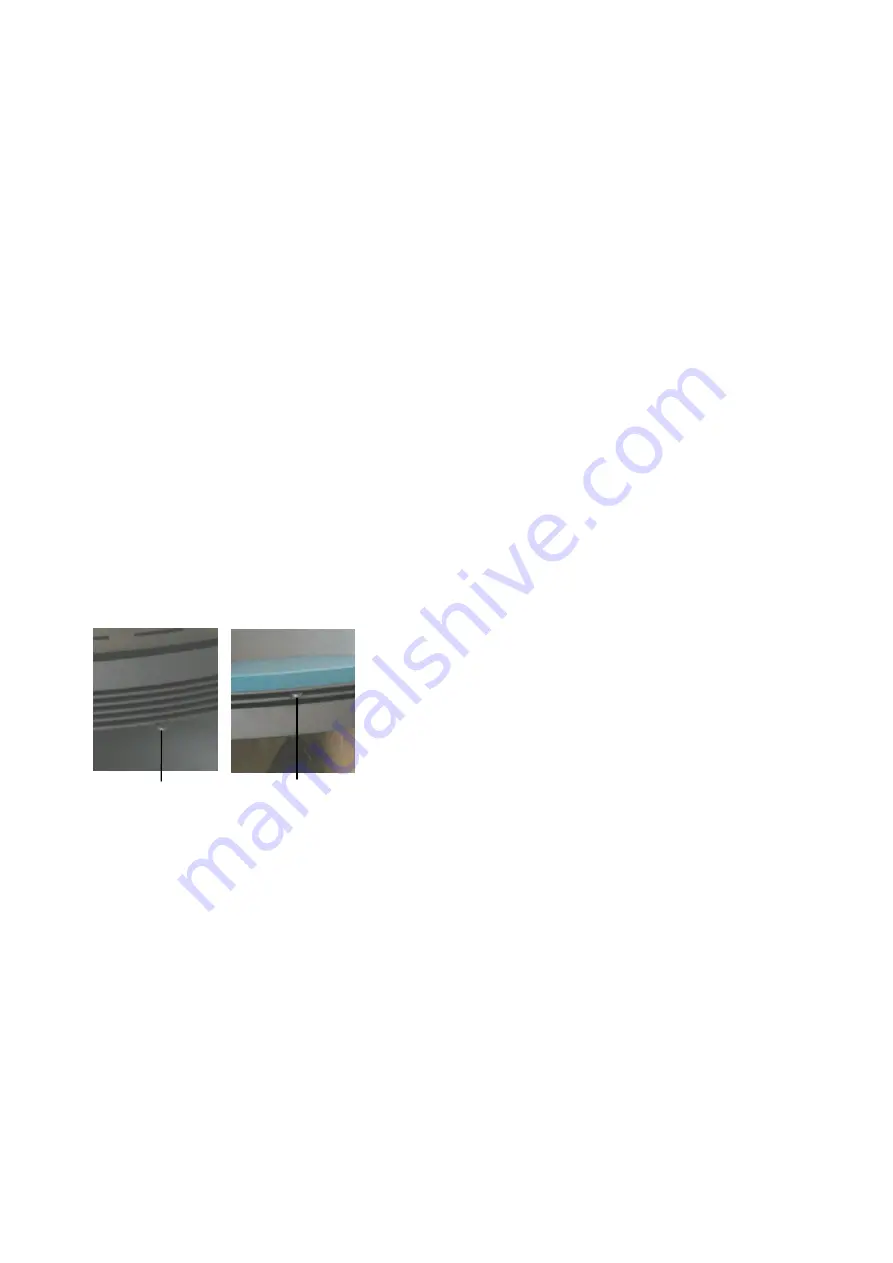
10
Please note before heating for the first
time
•
Remove all accessories from the ash pan and
combustion chamber first.
•
The odour given off by the evaporation of the
protective coating disappears after the stove has
been burning for several hours (ventilate the
room well).
•
The stove has a high quality temperature resis-
tant coat, which does not achieve its final
strength until the stove has been heated for the
first time.
- You should therefore never leave anything on
the stove and not touch the surfaces as the paint
coat could otherwise be damaged.
Igniting
•
Empty the ash pan if necessary and slide back
in.
•
Open the primary and secondary air controller.
•
Place and ignite the kindling materials (paper,
ignition cubes, kindling wood, etc.).
•
Close the door to the combustion chamber so
that the kindling material can catch fire.
•
As soon as the kindling material is burning well,
add a small quantity of fuel.
Using the air controller
Primary air controller Secondary air controller
Move slide valve outwards
⇒
Open
Move slide valve inwards
⇒
Closed
Primary air controller...
... OPEN
Ignition adjustment
max. heating output
... ½ OPEN Nominal heat output with billet wood
... ½ OPEN Nominal heat output with wood
briquettes
... CLOSED glow
As the secondary air also contributes to the cleanli-
ness of the glass pane, the secondary air controller
must always be moved in the direction of the open
position while the stove is lit.
As the performance of your stove is very much de-
pendent on the chimney draught, the primary air con-
troller has to be adjusted according to your own ex-
perience. Please note that you should not use your
stove if there is not an adequate air supply (slide
valve setting too low), as this causes the emissions
to increase
Heating
•
Only place the quantity of fuel required to
achieve the heating requirement.
For a nominal heating output 8 kW:
- max. 2,5 kg billet wood
- max. 2,0 kg wood briquettes
•
Open the combustion chamber door slowly after
adding new fuel, as otherwise the combustion
gases can escape.
•
Empty the ash pan or combustion chamber in
good time. Otherwise it is possible for the com-
bustion air intake to be blocked or for the grate to
be damaged.
•
Only remove the ash pan to empty it. Always
keep the ash door firmly shut during heating.
•
Clean the ash pan compartment regularly after
removing the ash pan to remove any ash that
may have been spilled (e.g. use a vacuum
cleaner).
Attention:
Any stove and ash residues must
have been left to cool before being removed.
Heating during the transition period
Prerequisite for the stove to function well is the cor-
rect delivery pressure (chimney draught). This very
much depends on the external temperature. There-
fore, if the external temperatures are high (above
16°C) the delivery pressure can be disrupted.
What to do?
•
Open the primary air controller as far as possible.
•
Only put on a small quantity of fuel.
•
Frequently stoke the ash.
Special information
The manufacturer’s guarantee expires if the stove is
significantly or permanently overloaded above the
nominal heating output, or if fuels other than those
listed are used.
•
The stove must only be used with the combustion
chamber doors shut
•
Never remove hot ashes. Only store ashes in a
fireproof, non-combustible container.
•
Attention:
The surfaces get hot! Always use the
enclosed glove when operating the stove.
•
Never use white spirit, benzene or other inflam-
mable, hazardous materials to ignite the fire.
•
The combustion air supply fittings must never be
altered. In particular, it must be ensured that any
necessary combustion air pies are open while the
fireplace is being used.
•
Do not make any changes or modifications to the
stove










































